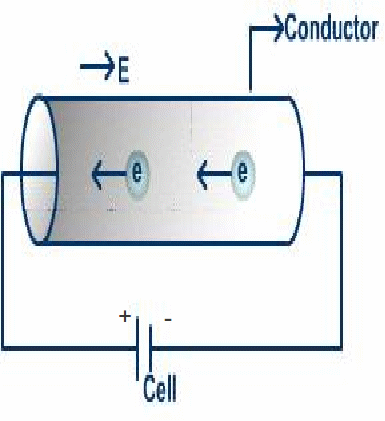Current is the flow of charge. When electric current was discovered, the nature of charge and charge carriers was not known. It was only known that there were two types of charge – which were given the names positive and negative, and that like charges attracted and unlike charges repelled. The labelling of charges in this way was arbitrary. They could have been labelled the other way around, or have been labelled with different labels.
Electric current, the flow of electric charge also had to be labelled, and with it, the direction of the electric field. It was decided that the direction of the electric field was to be in direction of the electric force on a positive charge and that current would flow in the direction positive charge would flow when a voltage is applied. Of course the direction of the force on a positive charge is from the positive to the negative terminal of a battery, so the (conventional) current flows from positive to negative terminal.

The positive charges in a solid metal are in fact atoms, which are not free to move. The current in a solid metal is carried by electrons. In order for any current to be carried by positive charges, usually the material has to be in a molten state so the atoms are free to move, then the current consists partly of positive charges – ions - flowing from positive to negative terminal and partly of negative charges – ions – flowing from negative to positive terminal.
